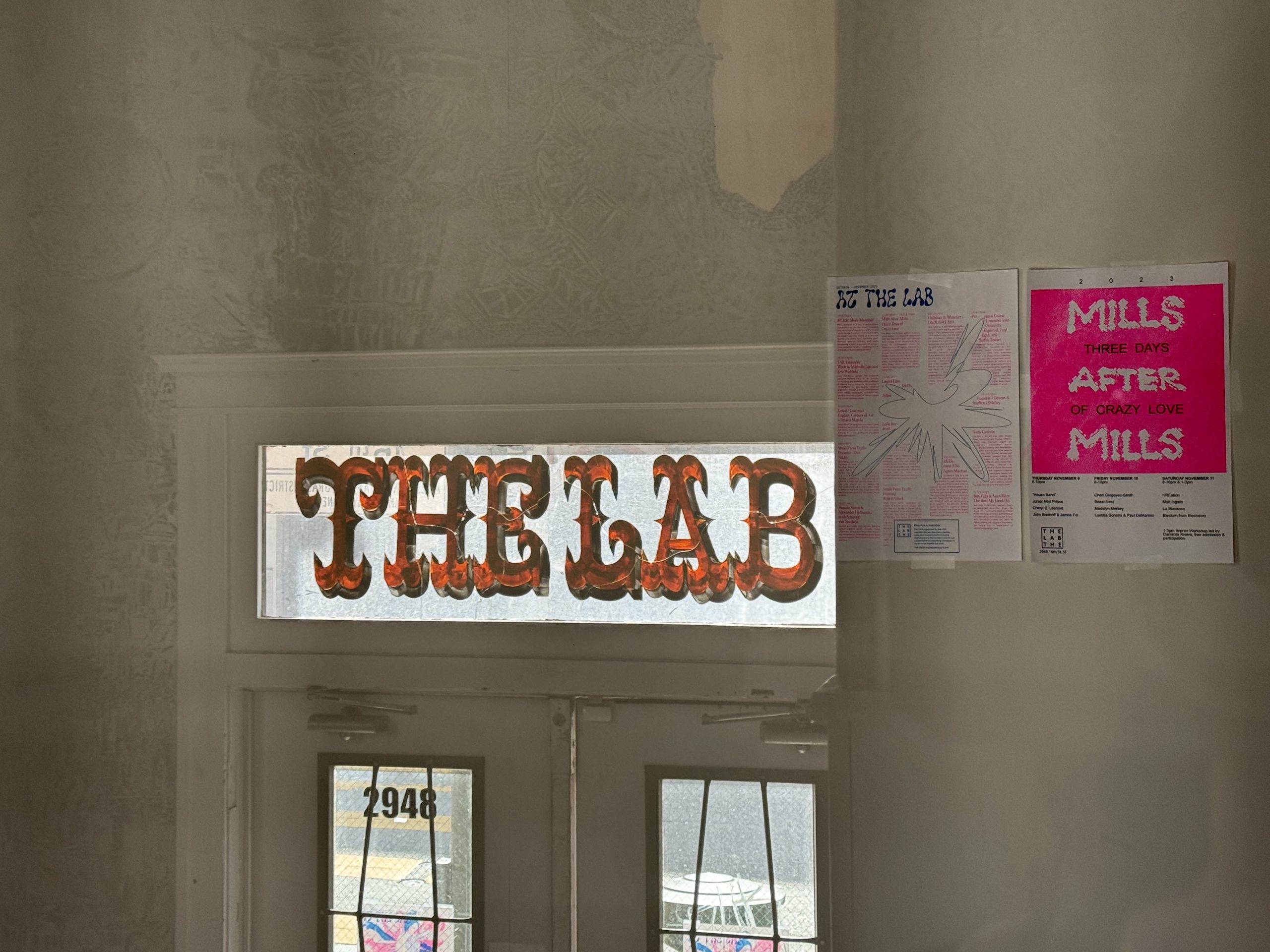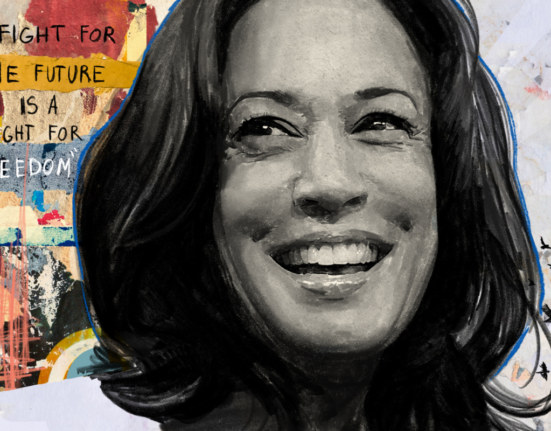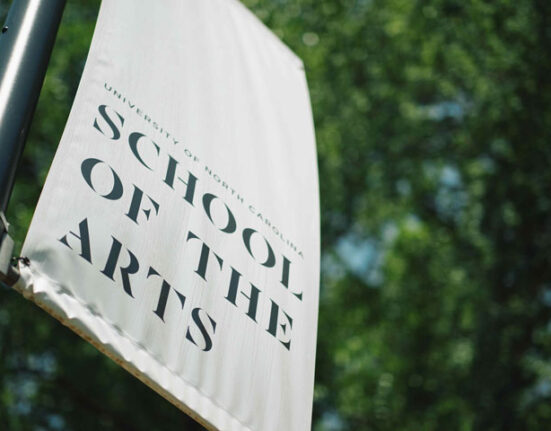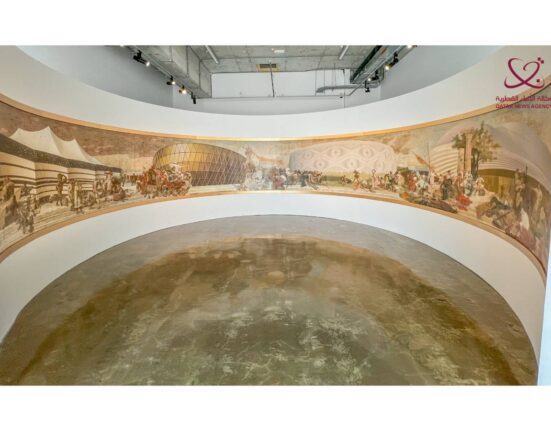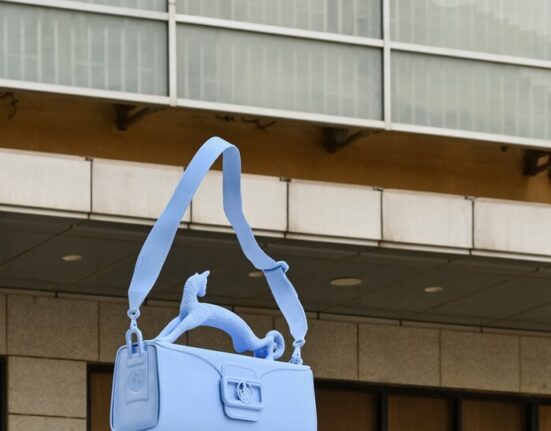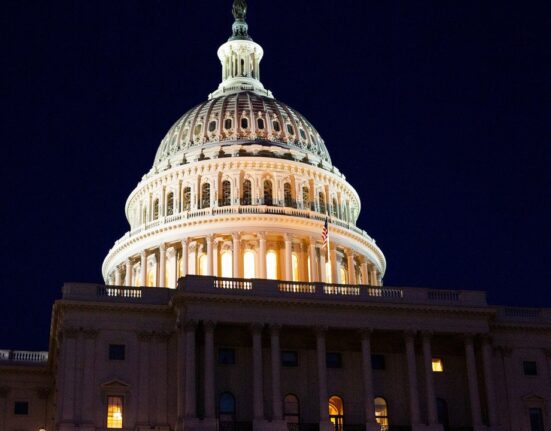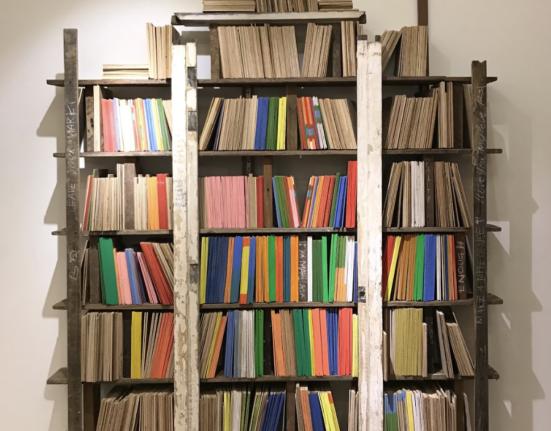The Lab, an anchor for the experimental art scene in San Francisco since 1984, last month secured its very first long-term lease. It inked a deal to stay for more than a decade at the Redstone Building, its current location at the intersection of 16th and Capp streets.
The lease, with a renewal option up to 12 years, came after over a year of negotiation with the building’s new owner Lakeside Investment Group, and is a below market-rate rent for the neighborhood and square footage.
Nonetheless, the Lab’s total rent will increase to about six times what the organization paid before, but for a larger space, with an increase of 10 percent every three years. By square footage, the Lab is paying a little over twice as much per square foot.
The Lab moved into the Redstone Building in 1994 and started its artists commission program in 2014, providing artists with financial support and keys to the space to experiment with their artistic endeavors from music to literature to visual arts.
For all those years, however, the Lab has only rented the space on short-term leases.
“We have stability for the first time basically in the organization’s history,” said Andrew Smith, executive director of The Lab. “Now we can renovate and build out the space and create the vision that we want, in a way that is not entirely beholden to commercial needs.”
Through doors with red, hand-painted signs from the 1990s, past posters of plays, concerts and events, visitors walk into a big space with high ceilings and white chairs lined up for a show, Mills After Mills, starting Friday night.
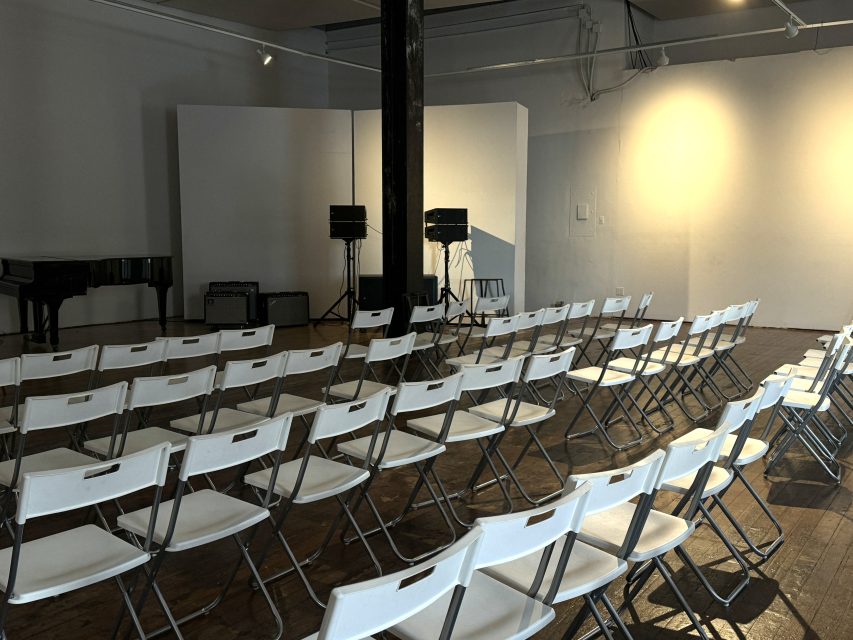
With the new lease, the Lab will expand its footprint in the building from its existing space in the front, to the other half of the ground floor, which was once the Assembly Hall and Ballroom of the San Francisco Labor Temple and has not been utilized over the years.
In this space, the original ornate architectural ceiling can be seen through holes in the plastic drop ceiling tiles, which were installed when the space was converted into government offices half a century ago. The Lab is planning to renovate the historic interior to restore the characters of this century-old ballroom, “demolishing all the office cubicles and opening up this space,” Smith said.
The plan is to use that back space for plays and rehearsals for artists, while the front area will be open as a community meeting space for readings, community meetings and cultural events.
“This is a building that has such a historic role of being a community center and being open to the public, where people can come and gather,” said Smith. We see when those things are lost, they’re just lost forever. They never come back.”
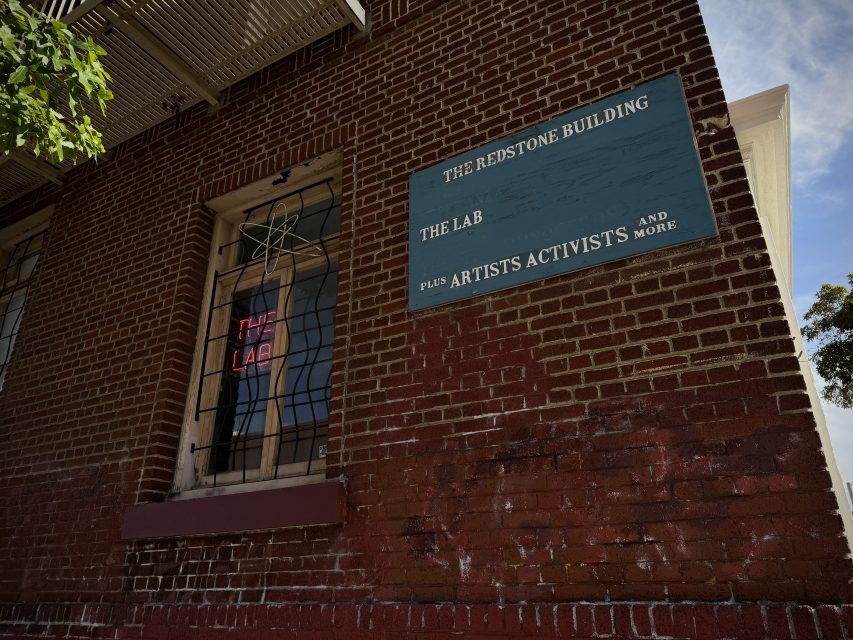
Located at 2940 16th St., the Redstone Building was built in 1914 and initially housed the San Francisco Labor Council. Now home to multiple arts, culture, labor and social service nonprofits, the building was sold to the Lakeside Investment Group in 2021.
Before the sale, the Mission Economic Development Agency tried to purchase the building in 2019 but fell $7 million short of the asking price and asked the city to pitch in $1 million. The deal ultimately fell through.
While the Lab was able to reach a deal with the landlord, as it takes up about 15 percent of the building on its own, other tenants were worried about not being able to stay. When the building was just sold two years ago, tenants feared the change of hands would lead to soaring rent and evictions of low-income artists and groups in the building.
“The city didn’t make an effort,” said Paul Boden, executive director of Western Regional Advocacy Project, a homelessness organization that has leased space in the Redstone Building for decades. “They were like: ‘We love you. See you!’”
Boden, holding a cigarette and coffee outside of the Redstone Building on Friday, was just discussing with a colleague ways to find alternative offices in the Mission or Tenderloin if it comes down to the worst.
“We ain’t leaving [the community], that’s for god damn sure,” he said. “We just need to hustle to make a dollar out of 50 cents to stay in the community we’ve been in for so many years.”

